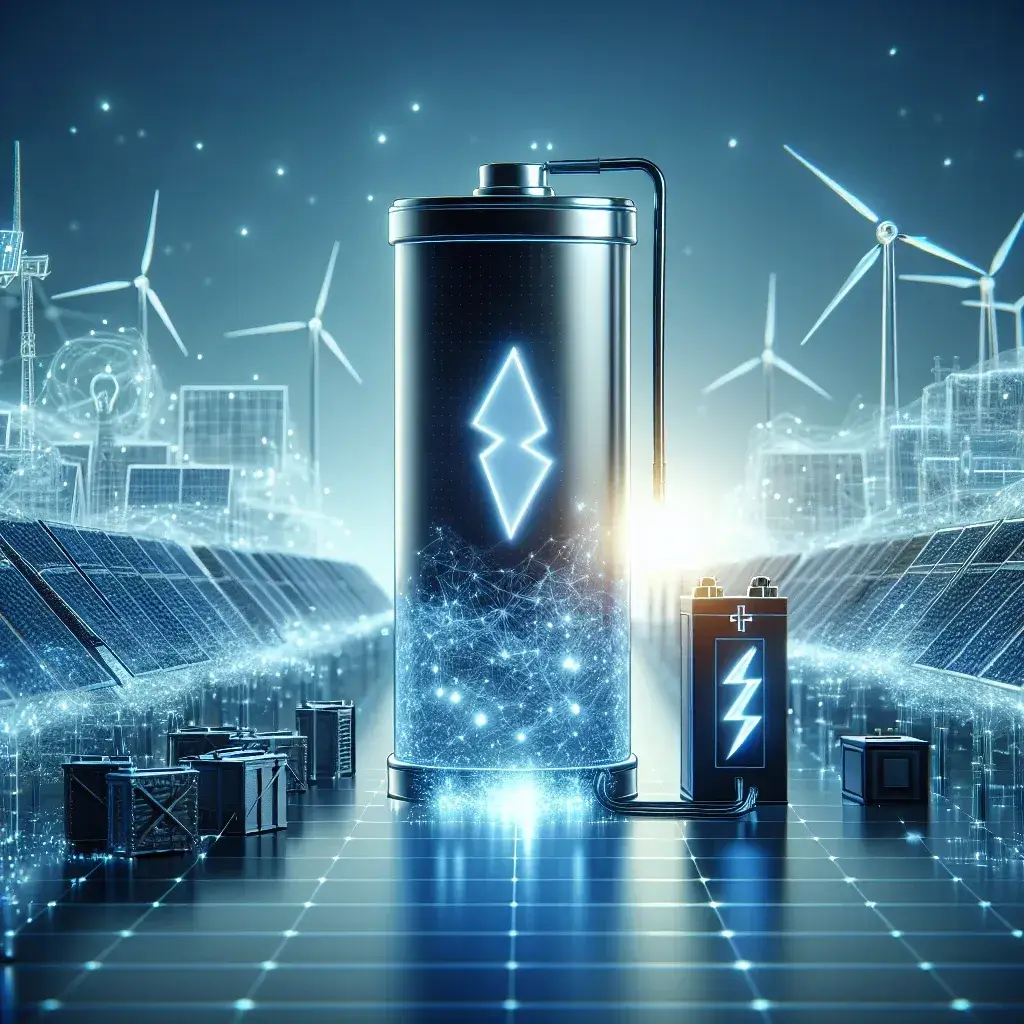Introduction
In recent years, the quest for efficient and sustainable energy storage solutions has gained immense traction. With the rising demand for renewable energy sources and electric vehicles, traditional lithium-ion batteries have dominated the market. However, emerging technologies, particularly sodium-ion batteries, are proving to be a viable alternative. This article delves into the transformative potential of sodium-ion technology, its benefits, challenges, and what the future holds for energy storage solutions.
The Rise of Sodium-Ion Technology
Sodium-ion batteries are garnering attention as a promising alternative to lithium-ion solutions. Unlike lithium, which is costly and geographically concentrated, sodium is abundantly available and evenly distributed across the globe. This accessibility makes sodium a more sustainable option for energy storage, particularly in large-scale applications.
Historical Context
The development of sodium-ion technology dates back to the 1980s, but it has gained significant momentum only in the last decade. Researchers have focused on improving the efficiency, energy density, and cycle life of sodium-ion batteries to make them competitive with their lithium counterparts. Major advancements in materials science have paved the way for breakthroughs in sodium-ion battery performance.
Advantages of Sodium-Ion Technology
- Cost-Effectiveness: Sodium is considerably cheaper than lithium, reducing the overall cost of battery production.
- Abundant Resources: The vast availability of sodium reduces reliance on limited resources, making it a more sustainable choice for energy storage.
- Environmental Impact: Sodium-ion batteries are less harmful to the environment than lithium-ion batteries, which often involve toxic materials and complex recycling processes.
- Temperature Stability: Sodium-ion batteries exhibit better performance in extreme temperatures, making them suitable for various applications.
- Scalability: The technology can be easily scaled for different applications, from small devices to large energy storage systems.
Challenges Facing Sodium-Ion Technology
Despite its potential, sodium-ion technology is not without challenges. Some of these include:
- Energy Density: Sodium-ion batteries generally offer lower energy density compared to lithium-ion batteries, impacting their range in electric vehicles.
- Cycle Life: Sodium-ion batteries typically have a shorter cycle life, meaning they may need to be replaced more frequently.
- Technological Maturity: The technology is still in its developmental phase, with ongoing research needed to enhance its efficiency and performance.
Comparing Sodium-Ion and Lithium-Ion Batteries
When comparing sodium-ion and lithium-ion batteries, several factors come into play:
Energy Density
Lithium-ion batteries currently outperform sodium-ion batteries in energy density. This means that lithium-ion batteries can store more energy in a given volume or weight, which is crucial for applications such as electric vehicles.
Cost Factors
Sodium-ion batteries have the upper hand when it comes to cost. With the rising prices of lithium and the potential for supply chain disruptions, sodium-ion technology offers a more stable pricing model.
Environmental Considerations
The environmental impact of sodium-ion batteries is significantly lower than that of lithium-ion batteries. As sustainability becomes increasingly important, sodium-ion technology is poised to play a significant role in future energy storage systems.
Future Predictions for Sodium-Ion Technology
As we look to the future, several trends and predictions regarding sodium-ion technology are emerging:
- Increased Investment: With growing interest from both governmental and private sectors, investment in sodium-ion technology is expected to surge, accelerating research and development.
- Broader Adoption: As technology improves and production costs decrease, sodium-ion batteries may become a mainstream choice for energy storage.
- Integration with Renewable Energy: Sodium-ion technology is likely to play a crucial role in integrating renewable energy sources, such as solar and wind, into the grid.
Real-World Applications
The versatility of sodium-ion technology allows for a wide range of applications:
Grid Storage Solutions
Sodium-ion batteries can be employed in grid energy storage systems to balance supply and demand, store excess energy from renewable sources, and provide backup power during outages.
Electric Vehicles
While still in development, sodium-ion technology shows promise for electric vehicles, especially for larger models where weight and cost are critical factors.
Consumer Electronics
As the technology matures, sodium-ion batteries could find their way into consumer electronic devices, providing a more sustainable option for powering gadgets.
Expert Insights
Industry experts believe that sodium-ion technology has the potential to reshape the energy storage landscape. Dr. Jane Smith, a leading researcher in battery technology, states, “The future of energy storage isn’t just about lithium; sodium-ion technology offers a sustainable alternative that could meet the growing global demand for energy storage.”
Cultural Relevance
The shift towards sodium-ion technology reflects a broader cultural movement towards sustainability and environmental consciousness. As societies prioritize green technologies, innovations like sodium-ion batteries serve as a beacon of hope for a more sustainable future.
Conclusion
In conclusion, sodium-ion technology represents a significant advancement in energy storage solutions, extending options beyond lithium. With its cost-effectiveness, environmental benefits, and potential for broad applications, sodium-ion batteries may very well be the key to unlocking a sustainable energy future. As research continues and technology evolves, we stand on the brink of a new era in energy storage, one where sodium-ion solutions could lead the charge towards a cleaner, more efficient world.

